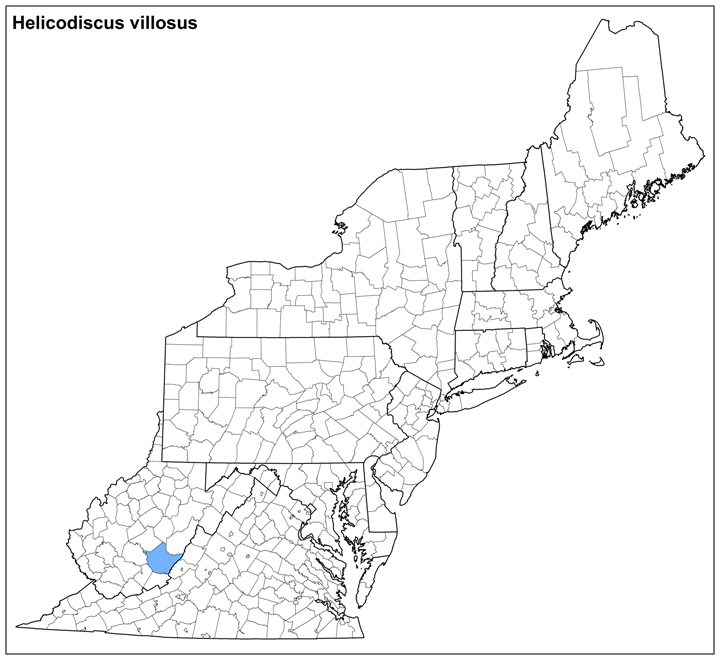Land Snails
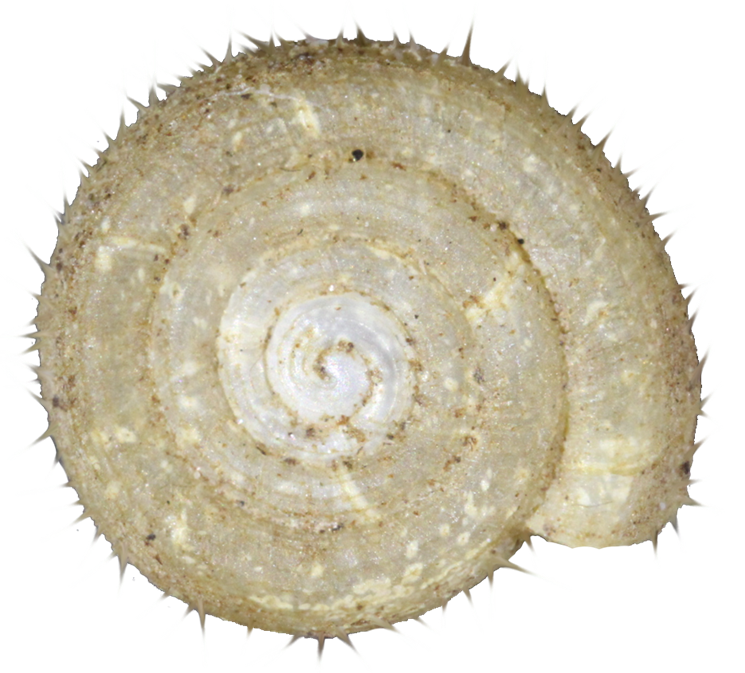
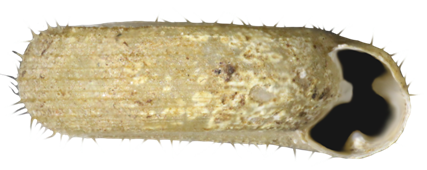
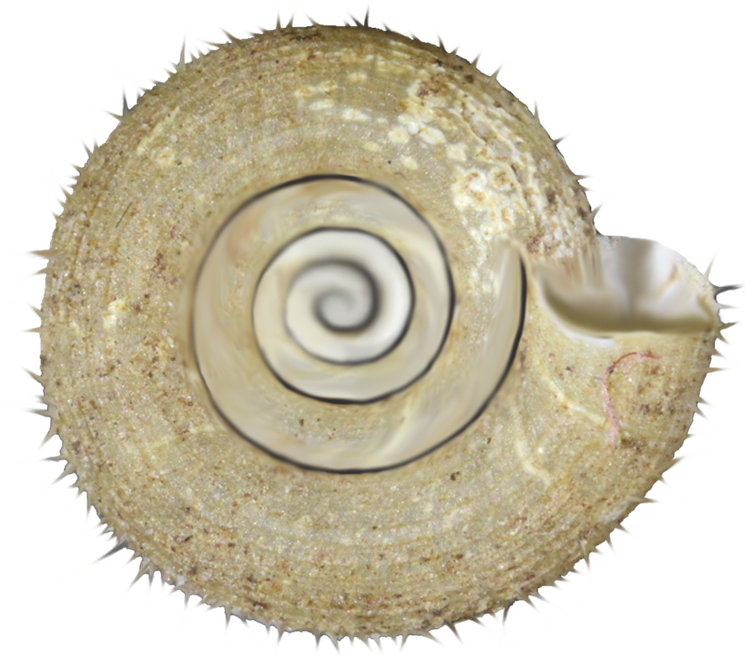
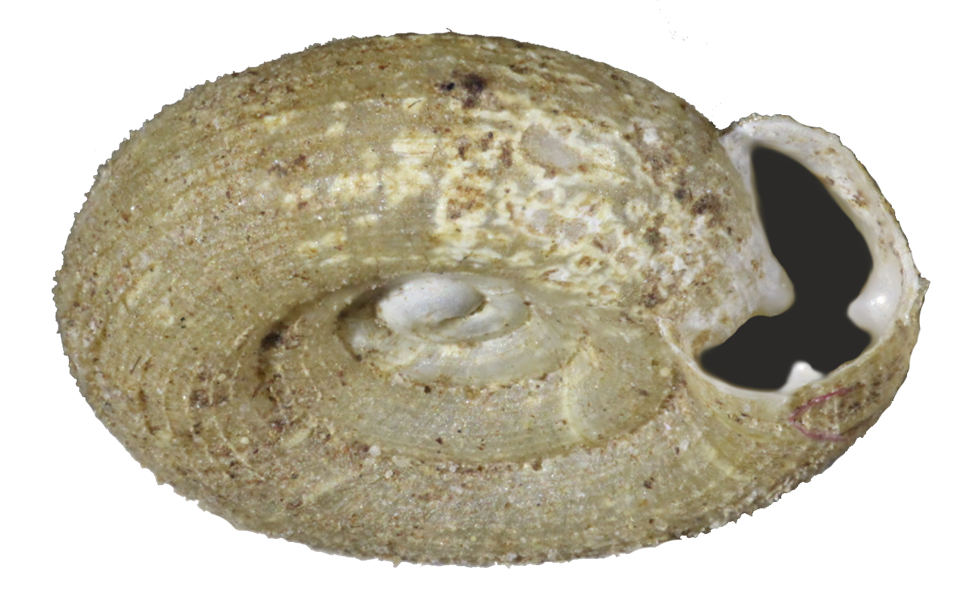
Photo(s): Views of a Helicodiscus villosus shell
Click photo(s) to enlarge.
-
Helicodiscus villosus (Dourson, 2015)
Family: Helicodiscidae
Common name: Greenbrier Coil
Identification
Width: 4 mm
Height: 1.2 mm tall
Whorls: 4.5
Helicodiscus villosus is characterized by its distinctive heliciform, discoidal shell shape and its raised spiral lirae that appear as fringes with curving hair-like processes on later whorls. These hairs may be lost in aging shells but some remnant fringes are retained. A pair of knob-like teeth are formed upon the basal and outer walls of the final whorl, with a peg-like parietal tooth positioned in front of these paired teeth. This description was based on four shells: two adults and two juveniles.
Ecology
This species is restricted to a deep limestone talus along cliffline outcrops near the Greenbrier River, Greenbrier County, West Virginia.
Taxonomy:
Helicodiscus villosus is similar to Helicodiscus triodus in size and shell shape but differs in having only one set of teeth in the last whorl (though these teeth may sometimes be absent). This species has a generous covering of fine “hairs” on the shell surface, while H. triodus is without hairs (Hubricht, 1958). Helicodiscus diadema, an endemic to Allegheny County in Virginia, also has hairs, but has larger teeth and fewer spiral striae on the final whorl. Villosus translates as “hairy” in Latin.
Distribution
Helicodiscus villosus is known only from the type locality near the Greenbrier River in Greenbrier County, West Virginia.
Conservation
NatureServe Global Rank: Not Yet Ranked, under review.
NatureServe State Rank: West Virginia, S1.
This newly-described species may be imperiled due to its apparent rarity.
Dan Dourson 5/2017
RANGE MAP (Click to enlarge)